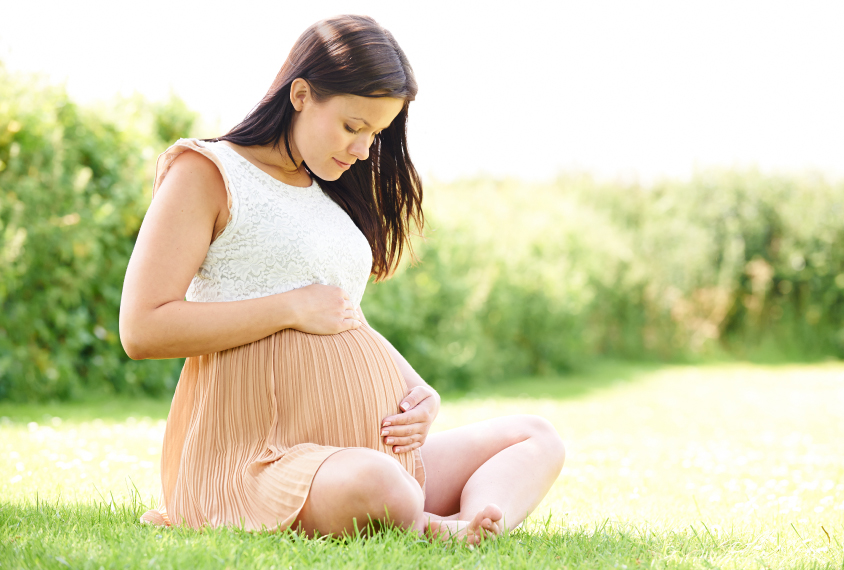
©iStock.com / Highwaystarz-Photography
THIS ARTICLE IS MORE THAN FIVE YEARS OLD
This article is more than five years old. Autism research — and science in general — is constantly evolving, so older articles may contain information or theories that have been reevaluated since their original publication date.
Women with unusually high or low levels of certain pregnancy hormones increase their risk of having a child with autism by about 20 percent, suggests an analysis of blood from more than 600,000 women.
The study, published 14 September in the Journal of Autism and Developmental Disorders, is the largest to date to examine prenatal hormone exposure among children with autism1. The findings fuel the theory that altered levels of chemical messengers in the womb wire the developing brain for autism.
“These studies should help shape directions of future research on how hormones may affect development of autism,” says lead researcher Gayle Windham, chief of the California Department of Public Health’s epidemiological investigations unit.
Windham and her colleagues used data collected as part of California’s routine prenatal screening program, which measures levels in the second trimester of three chemicals that bathe the fetus: an estrogen known as estriol, human chorionic gonadotropin (hCG) — which regulates other hormones, including estrogen and testosterone — and alpha-fetoprotein, a protein the fetus makes.
Results from this so-called ‘triple marker’ screening test help gauge the risk of birth defects such as spina bifida and Down syndrome. The researchers looked at the association between triple marker levels during pregnancy in women who gave birth during 1996 or 2002 and autism diagnoses, which were tracked by a separate statewide program during those years.
After accounting for factors known to influence autism risk, such as preterm birth, low birth weight, child gender and maternal age, they found a higher risk of autism in children born to women whose estriol levels were in the lowest 25 percent. They also find an increased autism risk among boys exposed to hCG levels in the lowest and highest 10 percent.
Delicate balance:
Children with autism are more likely than their peers to have older and more educated parents, confirming results from previous research. But the link between hormone levels and autism risk does not seem to change with the mother’s age.
“We did not see differences in these patterns, suggesting the moderately higher risks associated with the hormones do not depend on the age of the mother,” says Windham.
The study adds to mounting evidence linking autism to hormone exposure in the womb. Earlier this year, Simon Baron-Cohen’s team at Cambridge University in the U.K. showed that levels of certain hormones, including the sex hormones testosterone and progesterone and the stress hormone cortisol, were abnormally high in the amniotic fluid of women whose sons were later diagnosed with autism2.
The two studies are not directly comparable, Windham says, as the teams studied a different set of hormones in disparate tissues. “But both found differences in sex hormone levels during pregnancies of children with autism compared to those without, so both support a possible role of hormones in autism.”
The findings hint that a finely tuned hormone balance helps shape the developing brain, and that tipping this balance may derail brain development. But the researchers caution that triple marker screening in mid-pregnancy is not a reliable predictor of autism risk.
“Our study was not designed to assess treatment strategies, nor early diagnosis,” Windham says, noting that most women with unusually low or high hormone levels do not have children with autism.
By joining the discussion, you agree to our privacy policy.